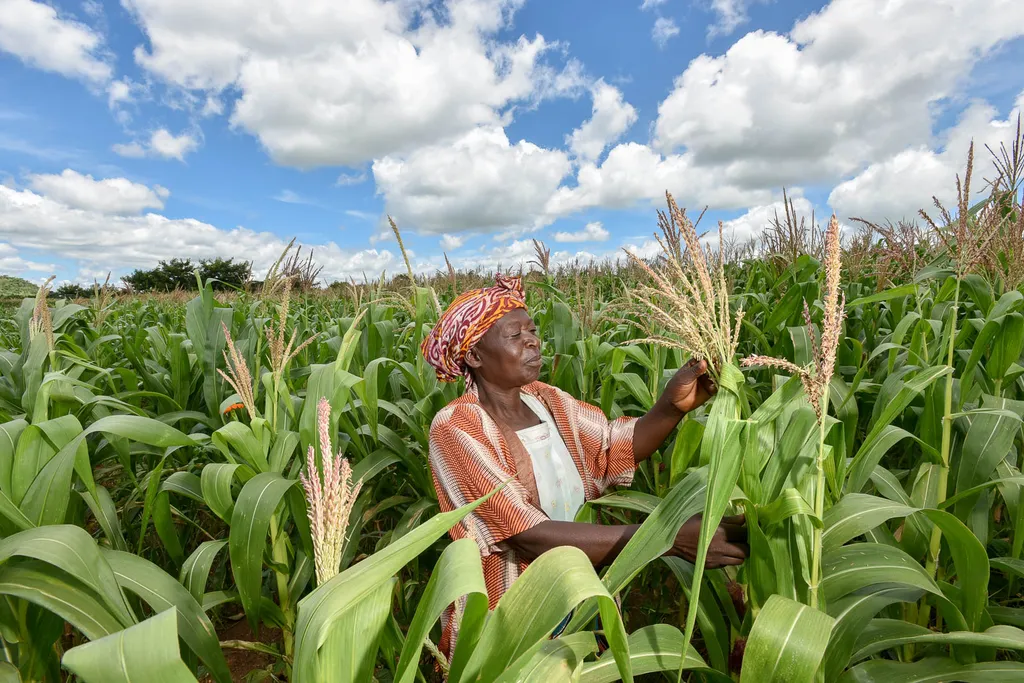In a groundbreaking study published in *Scientific African*, researchers have uncovered critical insights into how remote sensing technologies are transforming maize production, particularly in sub-Saharan Africa. The research, led by Simbarashe Jombo of the Arid Region Water Research Centre at Sol Plaatje University in Kimberley, South Africa, offers a comprehensive bibliometric analysis of remote sensing applications in maize farming, revealing both opportunities and challenges for the agricultural sector.
Maize, a staple crop for millions, is not just a dietary cornerstone but also a vital economic driver in many developing regions. However, its production faces significant threats from climate variability and food insecurity. Remote sensing, with its ability to monitor crop growth and estimate yields from space, has emerged as a powerful tool to address these challenges. Yet, until now, there has been no systematic review of its applications specifically for maize.
Jombo and his team analyzed over a century of research, from 1925 to 2024, using data from the Web of Science and Scopus databases. Their findings reveal a dramatic increase in research output, with publications surging from just one in 1925 to 488 in 2024 alone. “The rapid growth in research, especially after 2001, underscores the growing recognition of remote sensing as a game-changer in agriculture,” Jombo explains. However, the study also highlights a stark imbalance: while China leads the way with 1,269 publications, many countries in sub-Saharan Africa remain underrepresented, reflecting disparities in research funding and infrastructure.
This imbalance has profound implications for the agricultural sector, particularly for smallholder farmers who rely on maize as both a food source and a livelihood. Remote sensing can provide real-time data on crop health, soil moisture, and pest infestations, enabling farmers to make informed decisions that boost yields and reduce losses. Yet, without equitable access to this technology and the expertise to use it, many farmers in the Global South are left behind.
The study also identifies emerging trends, such as the integration of machine learning with remote sensing data, which could further enhance predictive capabilities. “The future lies in combining remote sensing with advanced analytics to create more resilient and sustainable agricultural systems,” Jombo notes. This could not only improve food security but also create new commercial opportunities in the energy sector, where biofuels derived from maize are gaining traction.
As the world grapples with climate change and food insecurity, this research serves as a call to action. By investing in research infrastructure and capacity building in sub-Saharan Africa, policymakers and researchers can bridge the gap between the Global North and South, ensuring that the benefits of remote sensing are shared equitably. The findings, published in *Scientific African* (translated as “The African Scientist”), offer a roadmap for advancing scientific inquiry and shaping policies that strengthen maize production through cutting-edge technology.
In an era where data-driven decisions are reshaping industries, this study underscores the potential of remote sensing to revolutionize agriculture. As Jombo’s research shows, the path forward requires collaboration, innovation, and a commitment to equitable development. The future of maize production—and by extension, global food security—hinges on our ability to harness these technologies for the benefit of all.

